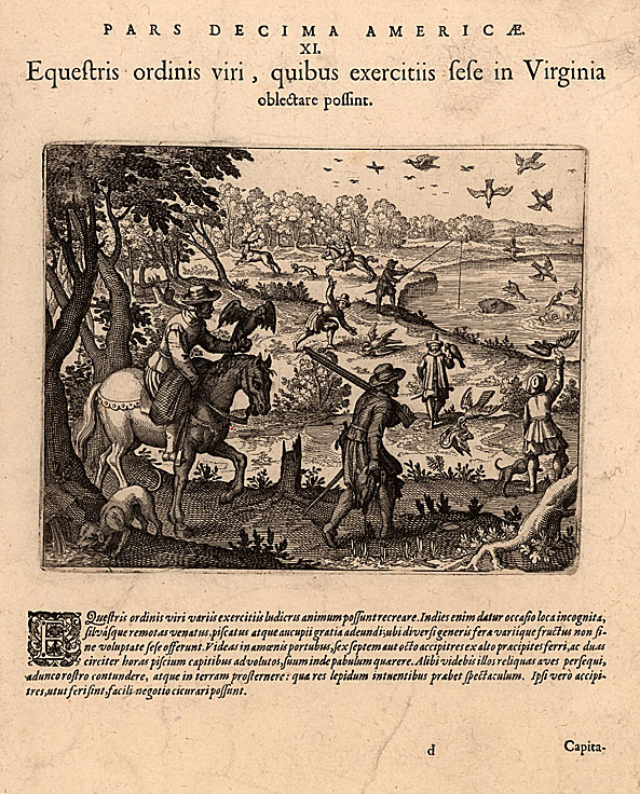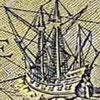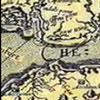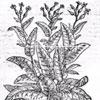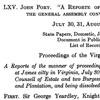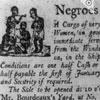Promoters used a variety of strategies to gain support for the founding of a settlement in Virginia. As you examine this engraving by Theodore de Bry, titled “Englishmen hunting in Virginia” and published in 1618, consider the strategies it employs to entice settlers.
Europeans were preoccupied with Virginia’s land and resources as early as the 1500s. Jamestown, the small English settlement on a peninsula in the James River, was neither the first European colony in North America, nor the first English attempt at colonization. Previous English attempts to found colonies in North America had failed – most famously, the attempted colony at Roanoke, often referred to as the “Lost Colony.”
Despite these setbacks, many in England still hoped for a successful colony. Promoters of English colonization saw settlement in Virginia as a way to compete with Spain and France for economic and geopolitical power. They also hoped that an American colony would provide resources for England and ease tension by providing an outlet for a significant unemployed population.
De Bry’s engraving, like other promotional literature of the time, played up the idyllic, plentiful land of the “New World” through vivid description and illustrations. What travelers and investors found was often different than their expectations.
Source: Theodore de Bry, “Was die Adelspersonen und andere in Virginia für Kurtzweil haben können [ink illustration],” still image, 1618, John Carter Brown Archive of Early American Images, record id 02214-1, accessed September 19, 2011.


